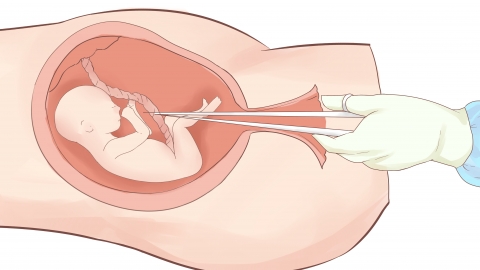How to Prevent Uterine Adhesions After Induced Labor
Generally, postpartum curettage can avoid uterine adhesion through standardized procedures, attention to personal hygiene, proper diet, medical interventions, and regular follow-up examinations. The detailed analysis is as follows:

1. Standardized Procedures
The core cause of uterine adhesion after induced abortion is damage to the basal layer of the endometrium. Therefore, it is essential to choose a qualified medical institution and have the procedure performed by experienced physicians, avoiding excessive scraping or repeated insertion and removal of intrauterine instruments, thereby minimizing mechanical damage to the endometrium as much as possible.
2. Maintain Personal Hygiene
After induced abortion, it is important to keep the external genitalia clean, bathe daily, and regularly change underwear and sanitary pads to prevent bacterial infection. Additionally, sexual intercourse should be avoided for a period following the procedure to prevent irritation and infection of the uterine lining, which may increase the likelihood of uterine adhesion.
3. Balanced Diet
After induced abortion, appropriate intake of high-quality protein foods such as lean meat, fish, eggs, and milk can aid in physical recovery. Ensuring consumption of fruits and vegetables, such as apples and bananas, helps provide necessary vitamins and promotes recovery.
4. Medical Intervention
Under a doctor's guidance, medications such as Motherwort Granules, Xin Shenghua Granules, and Ejiao Buxue Granules may be taken to promote uterine contraction and aid in endometrial recovery. If infection occurs, antibiotics such as Levofloxacin Hydrochloride Capsules, Amoxicillin Capsules, or Aspirin Enteric-coated Tablets should be taken as directed to combat infection.
5. Regular Follow-up
Regular gynecological and ultrasound examinations can help detect gynecological conditions such as uterine adhesion early, providing a basis for timely treatment. Post-abortion follow-up examinations should be conducted as advised by the physician to monitor both general recovery and uterine healing.
Maintaining good sleeping habits, such as going to bed early and waking up early, and staying relaxed can also promote physical recovery.




